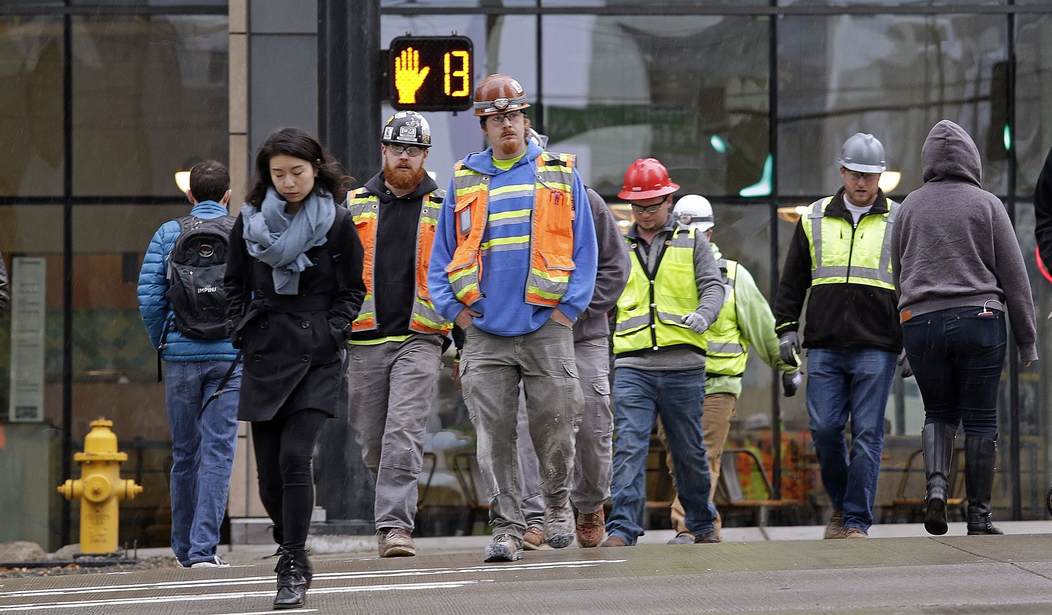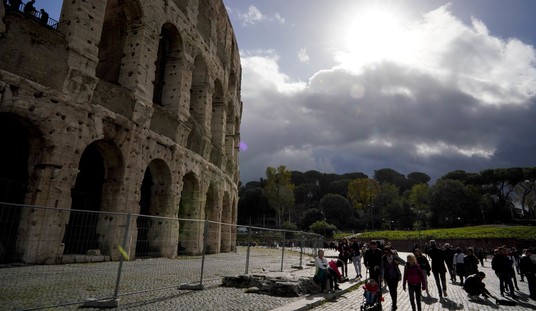Fifty years ago, the United States was facing crises and unrest on multiple fronts. Some predicted that internal chaos and revolution would unravel the nation.
The 1969 Vietnam War protests on the UC Berkeley campus turned so violent that National Guard helicopters indiscriminately sprayed tear gas on student demonstrators. Later that year, hundreds of thousands of people filled the streets of major cities as part of the "Moratorium to the End the War in Vietnam." In Washington, D.C., about a half-million protesters marched to the White House.
Native American demonstrators took over the former federal prison on Alcatraz Island in San Francisco Bay and stayed there for 19 months, declaring it their own sovereign space.
In November 1969, the American public was exposed to grotesque photos of the My Lai Massacre, which had occurred the year before. The nation was stunned that American troops in Vietnam had shot innocent women and children. My Lai heated up the already hot national debate over whether the Vietnam War was either moral or winnable.
Meanwhile, the trial of the so-called Chicago Seven, involving the supposed organizers of the riots at the 1968 Democratic National Convention in Chicago, roiled the nation. The courtroom drama involving radical defendants such as Tom Hayden, Abbie Hoffman and Jerry Rubin descended into a national circus, as the battle between leftists and the establishment went from the streets to the courtroom.
It was also the year of the Woodstock music festival. More than 400,000 thrill-seekers showed up on a small farm in the Catskill Mountains in August 1969 to celebrate three days of "peace and music." Footage of free love and free drugs at Woodstock shocked half the country but resonated with the other half, which viewed the festival as much-needed liberation for an uptight nation.
Recommended
Newly inaugurated President Richard Nixon characterized the national divide as the "silent majority" of traditional Americans fighting back against radical changes in culture and politics.
Under the strain of constant protests, the cultural and moral fabric of the country seemed to be tearing apart. Alternative lifestyle choices sometimes led to violence or death.
When a West Coast version of Woodstock was tried a few months later in Altamont, Calif., the concert ended up an orgy of murder, drug overdoses, random violence and destruction of property.
In July of 1969, liberal icon Teddy Kennedy ran his car off a bridge on Chappaquiddick Island, Mass., and his young passenger, Mary Jo Kopechne, was left to drown. Sen. Kennedy did not report the accident to authorities until 10 hours later.
The next month, members of hippie psychopath Charles Manson's "family" butchered seven innocents in Los Angeles, among them actress Sharon Tate. The Manson family apparently had hoped that the sensationalized murders would ignite some sort of racial civil war, thereby unraveling the United States.
Yet a wounded United States did not just survive 1969, but reached new heights of scientific, technological and cultural achievement.
For the first time in history, a national economy produced more than $1 trillion worth of goods and services in a single year, as American nominal GDP for 1969 exceeded that level.
America also put the first humans on the moon in 1969 -- and did it twice the same year, with the Apollo 11 and Apollo 12 lunar missions.
Boeing's 747 jumbo jet made its first successful test flight in 1969. The 400-passenger airliner was so well designed and ahead of its time that it continues in service today, a half-century after its rollout. It took some 35 years for a European company to introduce a competitor to the 747, the Airbus A380. Yet the latter jet has been something of a white elephant. Many airlines have stopped using the A380, and Airbus has announced that it will stop producing the jets in 2021.
American computer scientists first used a precursor to the internet in 1969, when computers at UCLA and Stanford managed to share an electronic network, known as ARPANET (Advanced Research Projects Agency Network).
Fifty years later, what are the lessons of the chaotic year 1969 for our similarly schizophrenic age of polarization, civil disunity, and unprecedented wealth and scientific advancement?
America is such a huge and diverse country, and so abundantly endowed with natural and human resources, that it is capable of achieving unprecedented scientific, economic and technological breakthroughs even as its social fabric is tearing apart.
Or, put another way, while the media highlights crime, protests, grievances and civil disorder, a majority of Americans still go to work unbothered each day.
And in a rare society with a free market, constitutional government and individual freedom, people continue to do amazing things even amid the utter chaos around them.
























Join the conversation as a VIP Member